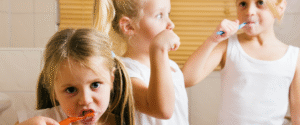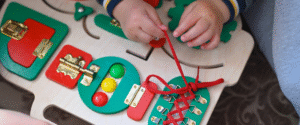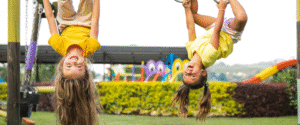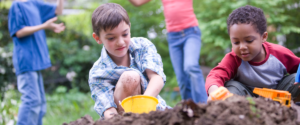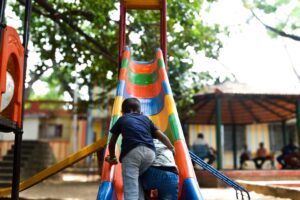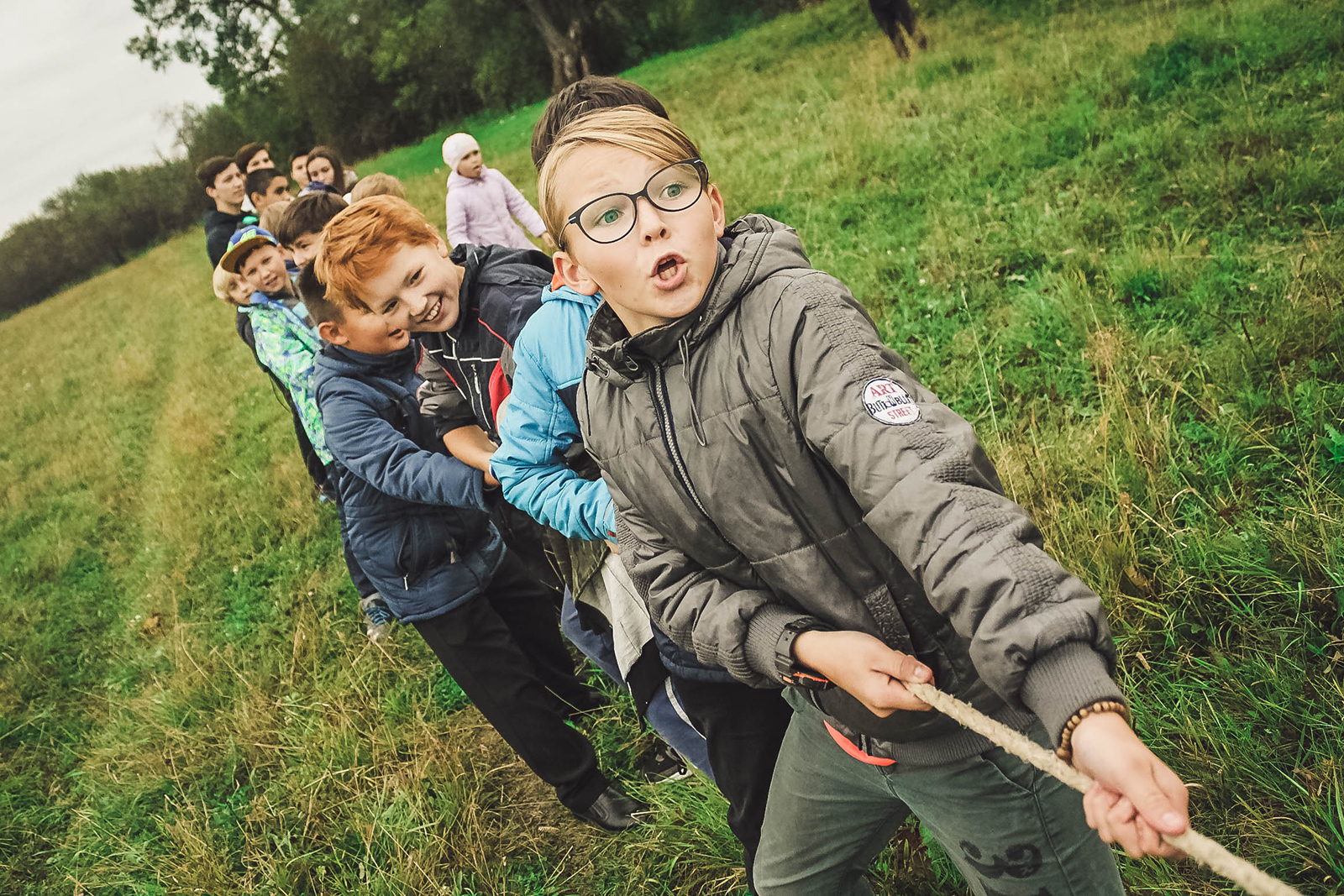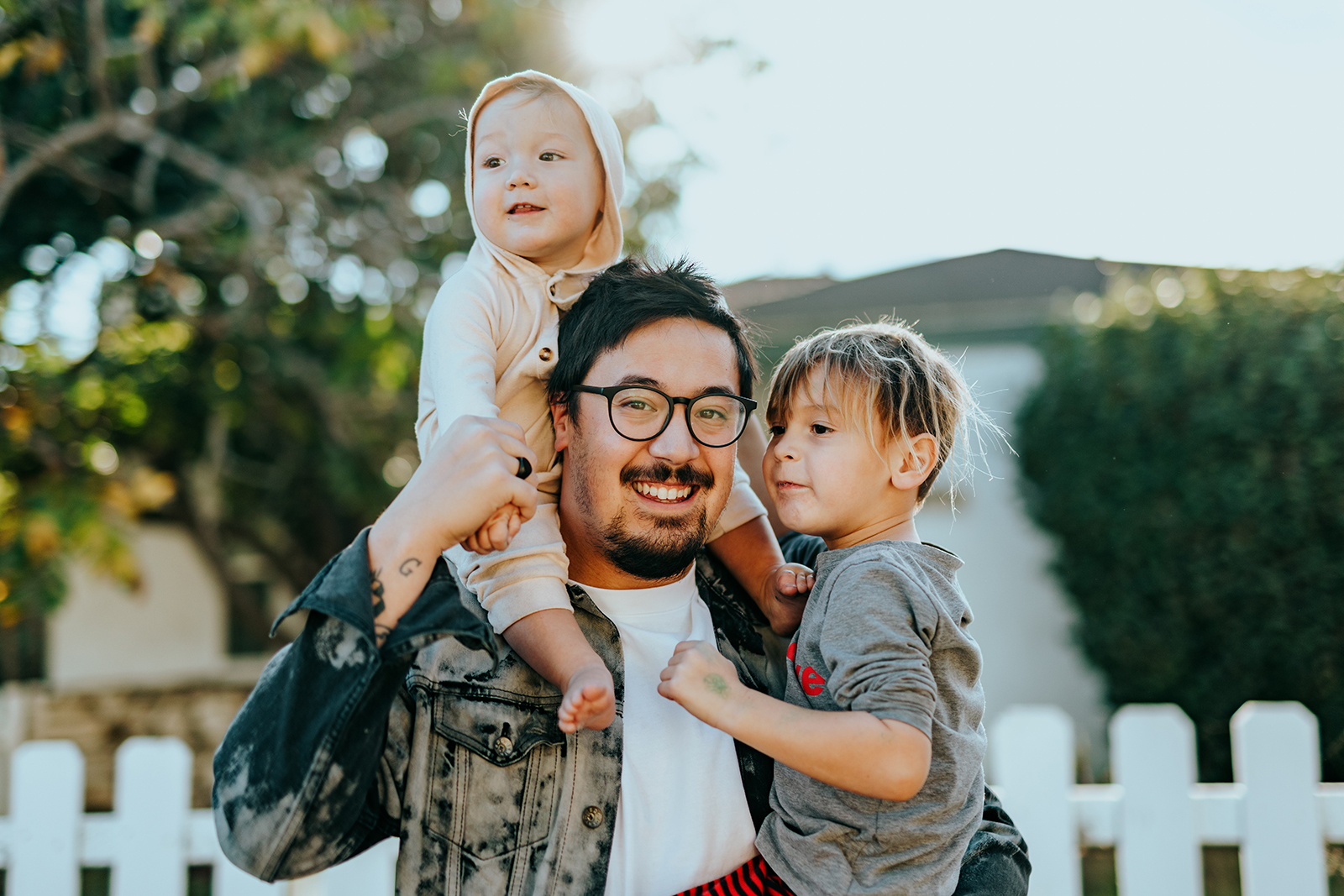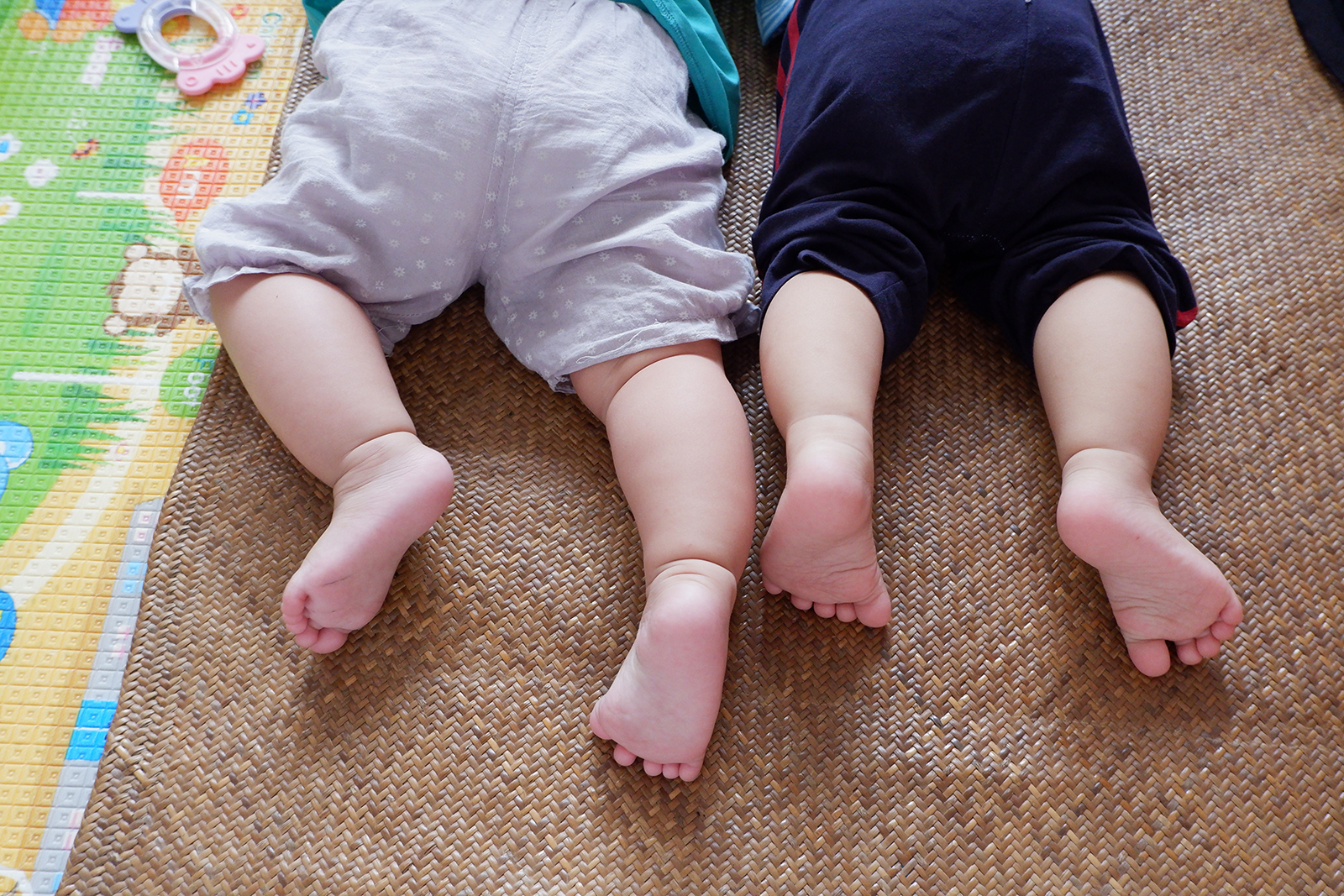
SAFETY AND CONNECTION
As we continue to break down and share with you the way Explore and Soar supports our clients and families in our year of ‘self-awareness and growth’, it’s only fitting that after having dived into our continuity support plans and parent coaching strategies, we address the topic of ‘safety and connection’ with you.
Upon reflection and after reviewing a large amount of continued professional development over the years as a practitioner, one valuable skill set remains a constant. This integral part of development is always discussed at the beginning of each theory or model for paediatrics. It is the ultimate foundational skill required for us as human beings in order to begin our journey of overall development; from infant > toddler > child > preteen > teenager > adult.
These skills are safety and connection.
The premise being, no developmental milestone or emotional and social skills can be obtained optimally without the foundations of safety & connection.
Establishing a sense of safety and security is essential to all stages of development, with connection following this.
As occupational therapists when working with our clients and families, we begin by establishing what safety looks like for each family, in order to use our therapeutic practices in the most efficient and successful manner. Before any goals can be targeted or reached, it is essential for a sense of safety and security to be built between our client and their therapist.
As a therapist when working with families, to be able to identify their strengths, boundaries and what makes them feel most secure allows for adaptive intervention methods. When this occurs, there is a natural sense of relief and sense of calm that is not only beneficial for our parents and caregivers but with our children as well. If there is no sense of safety between the clinician and parent/caregiver, then the safety the child will feel with the therapist can be altered, impacting all therapy intervention and a child’s ability to achieve their desired goals and skills in regards to development.
Safety and connection work simultaneously.
Connection is a feeling. It is often described as the way in which someone unconsciously connects to another’s energy and then interacts with your own. Think about when you meet someone for the first time. With some people there is a sense of calm and connection straight away, like you have known them your whole life. But then others can also have the opposite effect, with a great sense of disconnection. These feelings are our internal navigation system that helps determine whether we are feeling safe and connected or whether there is a potential threat to our sense of safety. Acknowledging these feelings then allows us to make a choice on how to respond.
Personally, many of my decisions as an adult, especially in work have been navigated by my sense of safety and connection. I wanted to provide the support that I didn’t have growing up in a small rural town. I want to provide the knowledge, research and intervention strategies that I have learned over my lifetime to families in order to enhance their sense of safety and connection, especially in our remote areas that lack greater levels of support. At the heart of my why is relationships. And establishing Explore and Soar as a safe and connected space for our families is paramount.
Ensuring that your children feel a consistent sense of safety and connection is what allows them to evolve and grow as a human.
Connection is established from birth, however due to individual differences for each child, parent and/or caregiver we all have different ways of establishing these connections or different individual reasons as to why some of us may have difficulty establishing connections.
Connection is the foundation to any relationship and is paramount for all of us as humans to feel connected. The bond between parent and child from birth is where this all begins. A model that we use within Explore and Soar is the DIR Model (Developmental Individual Differences Relationships-Based Model originally developed by Dr. Stanley Greenspan) which allows us to work on providing strategies, interventions through parent coaching and relationship approaches to help our parents and children obtain a healthy parent-child connection.
We seek to support the development of these skills in order to allow your children to enhance their own skills through a model of “Shared Attention and Regulation” – being the foundational pillar.
It has been extremely exciting for us to explore the recent research addressing more specific developmental skills in relation to connection. These skills contribute to the beginning of development and enhance the child’s relationships and connectedness to both parent and self, ultimately allowing for future emotional and social development to occur.
So how do we as humans actually establish connectedness?
We establish this through;
- Mutual gaze – visually connecting in face to face interactions for connection of shared emotions which is foundational and earlier than shared attention (joint attention), through games with parent and child (Rollins, De Froy, Campbell, & Hoffman, 2021).
- Unconscious mimicry (shared actions), is linked to movement and body synchrony, outlining the importance of rhythmicity with movement, mirroring body language to connect to others (Peper, Van Der Wal & Begeer, 2016).
- Synchrony – shared social timing, known as timed relationships, some examples include predictable rhythms of mother for baby to connect with such as heart rate, respiration, reciprocity (tone) of voice, sleep/wake cycles and an ability to have an interactive and rhythmic flow of interaction to connect the parent and child’s emotional state to match (foundations of co-regulation and regulation) (Feldman, 2007).
These established skills result in a parent child synchronicity and connectedness, reinforcing the sense of safety as outlined above and supporting overall emotional skill development.
I personally love working within this field because you can learn so many different models of support and expand your intervention approach and strategies for all children, as no child is ever the same. As I continue to work in this field, I have begun to see each model overlap and support one another.
Safety and connection is vital in building the foundations to co-regulation and regulation. It greatly impacts social development which we will be discussing in greater detail next month.
Articles
Geller, S. (2018). Therapeutic Presence and Polyvagal Theory: Principles and Practices for Cultivating Effective Therapeutic Relationships. From Porges and Dana (2018) Clinical Applications of the Polyvagal Theory: The Emergence of Polyvagal-Informed Therapies. New York: WW Norton
Feldman, R. (2007). Parent–infant synchrony and the construction of shared timing; physiological precursors, developmental outcomes, and risk conditions. Journal of Child psychology and Psychiatry, 48(3-4), 329-354.
Peper, C. L. E., van der Wal, S. J., & Begeer, S. (2016). Autism in action: reduced bodily connectedness during social interactions?. Frontiers in psychology, 7, 1862.
Rollins, P. R., De Froy, A., Campbell, M., & Hoffman, R. T. (2021). Mutual gaze: An active ingredient for social development in toddlers with ASD: A randomized control trial. Journal of Autism and Developmental Disorders, 51(6), 1921-1938.
Until next time,
Jess
ORIGINALLY PUBLISHED MARCH 3, 2022

